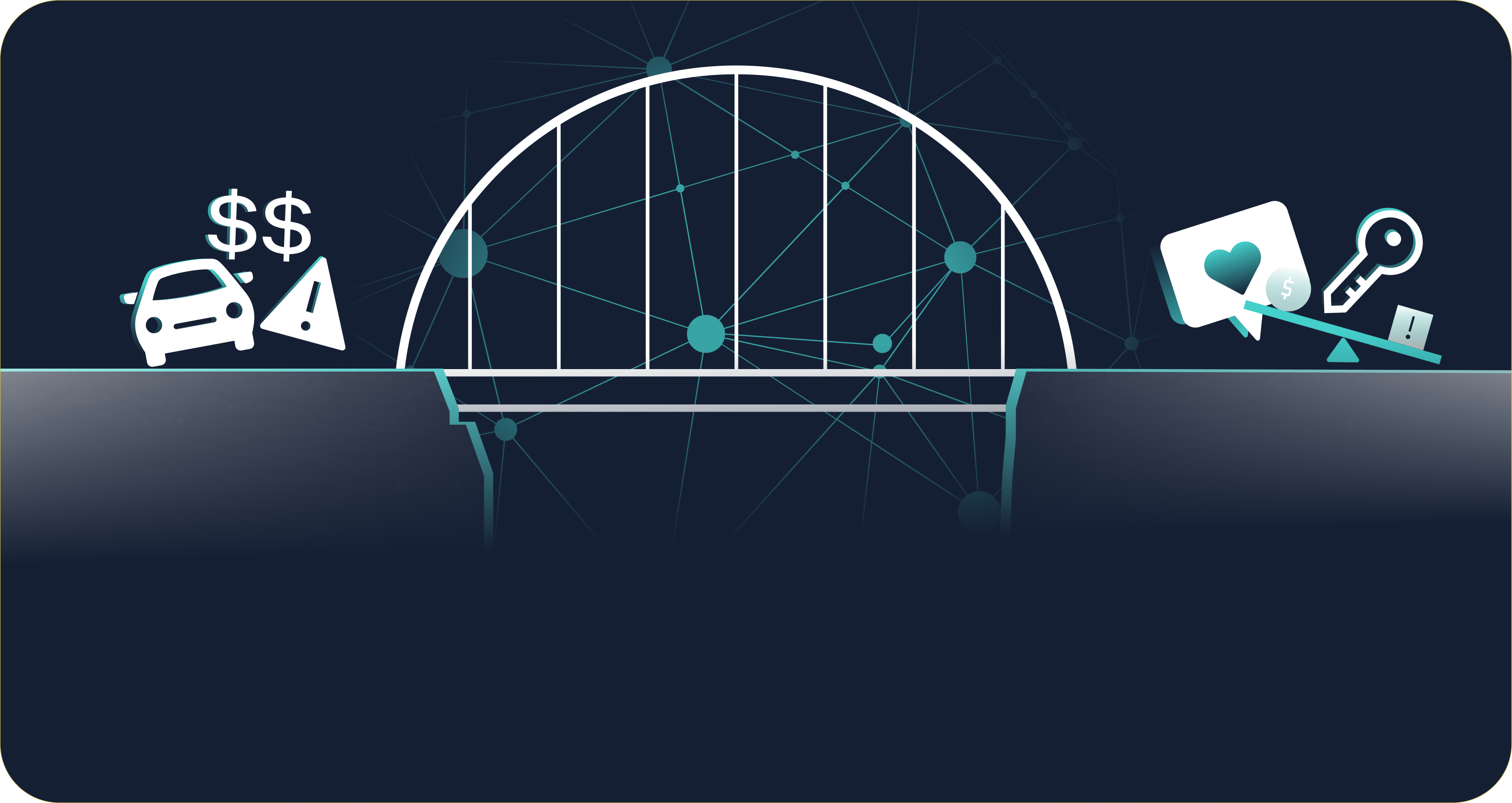Making a dream the American Reality
Including everyone in building our financial future will make everyone successful
Over 43 million people in the United States said they have found it very difficult to pay household bills this year — a number that has jumped higher than when the pandemic was still in full swing in October 2021. This was also a reality I faced in my own household growing up.
A housing affordability report from late 2023 found that home prices in 99 percent of over 500 U.S. counties are unaffordable for the average income in these areas, which is about $71,000 a year. The income it takes to sustain a family comfortably is out of control, with the lowest cost of living in Mississippi being over $177k. And with over half of households saying their income is growing slower than inflation, many nationwide feel financially insecure.
But what about those folks who have found themselves placed further back from the starting line than others? Wealth and income gaps, housing instability, lack of access to affordable healthcare, credit and lending disparity, a weakened education system, and many other socioeconomic factors can also stand between many individuals’ ability to make their dreams a reality. But we can change that.
The American Dream is defined by equal opportunity to prosperity. It is the freedom to choose for oneself and live the life we desire for ourselves and our families. The world we live in requires us to build systems, especially financial ones, that don’t just change the circumstances of our own lives but will create opportunities for us to invest in a new legacy for generations. Today’s outlook might not be there yet, but that doesn’t mean it has to be our future. We can begin laying the foundation now.
The U.S. has a financial desert problem
Accessible credit is where a lot of this begins. This isn’t solved through Buy-Now-Pay-Later services that are still at the start of their regulatory journey. While important to banking accessibility in general, opening more branches of financial institutions isn’t going to solve the problem if we’re not opening them where they’re most needed. Branches are needed most in our financial deserts across the country.
You may be asking why we need to place branches and reputable lending services in these specific places, and the answer is found in the breakdown of who lives in these financially desolate areas. In 2023, four percent of census tracts in the U.S. were banking deserts, with an additional four percent at endangered status. These banking deserts are 14 percent rural, 66 percent suburban, and 20 percent urban, and 39 percent also have limited broadband access — making the growth of digital banking inaccessible.
Black and Hispanic/Latino households make up 32 percent of the U.S. population but represent 64 percent of the country’s unbanked population and 47 percent of its underbanked households.
Alongside financial deserts, financial education has been consistently lacking for the last eight years, adding to the divide between those struggling to make ends meet and those who have been given the tools to thrive. Financial literacy is in a desert of its own and something to solve for as a community if we’re going to course correct and get everyone on the path to financial independence.
Financial success comes from responsible credit access
As the saying goes, money makes the world go round. And while not everyone’s goal is to make enough money to Scrooge McDuck it, everyone wants some level of financial security or freedom in their lives. But, again, the starting point is not the same for everyone.
Women bear the brunt of financial stress in the U.S. economy — especially so in a challenging economy — because they’re paid less than men in the same jobs, the ‘Pink Tax,’ and a myriad of other reasons. All of this weighs against a woman’s ability to get a loan through traditional credit scoring methods. Around 28 percent of LGBTQIA+ youth reported experiencing homelessness or housing instability at some point in their lives, and there is a correlation between experiencing homelessness at a young age and experiencing it again later in life.
It’s been over 60 years since Martin Luther King Jr.’s “I Have A Dream” speech, but the income divide is still wide. If we were to continue toward pay parity at the rate we’ve been going, fixing the wage gap between Black Americans and the income of a white family would take 513 years. No, that’s not a typo.
You might have heard me say this several times: between 45 and 55 million U.S. consumers have no credit score. And of these millions of people, Black and Hispanic/Latino homes are twice as likely as white households to lack a credit score. Payday lenders have traditionally targeted people without a college degree, renters, Black Americans, incomes under $40,000 a year, and people who are separated or divorced. But these entities — which almost double the number of McDonald’s in the U.S. — have been targeting younger generations, who are more likely not to have a credit score or still need to build their credit profile.
Credit access has a lot of complex components, but the first couple of steps include ensuring that the data you’re using is responsibly sourced, accurate, and compliant. Getting these things right will help lenders navigate the ever-changing landscape of the country and strengthen a financial ecosystem where everyone can participate equally.
What is the potential for the American Reality?
This month we celebrate Independence Day. We put an emphasis on acceptance and freedom as the reasons why we celebrate. Rather than mark our history, we always have the opportunity to set intentions for our future. It’s important to remember that turning a dream into reality takes a vast support network.
Toni Morrison, one of the most important authors of our time, said, “I dream a dream that dreams back at me.” Many people these days believe in their dreams but not in this country’s ability to help them achieve them. I dream of a world where our children have lives that are set up so that they can dream bigger than we’re able to. I know this world is possible because my two teenage children are able to dream bigger than me and have the opportunity to go and chase those dreams.
This is an opportunity for everyone in our country, and we have the keys to making it possible for people to find success and make their dreams a reality. All we have to do is continue saying yes to acceptance and freedom, keep welcoming more people to the table, and find ways to build a successful financial future for everyone.
Read Aaron’s Fast Company article addressing solutions for the wealth gap here.
_____________________
Aaron Long — Head of Business Development
Aaron is a native of St. Louis MO and currently resides in Atlanta, GA with his two teenagers. He believes people are the core of every business and if you invest in them, you are investing in the long-term success of your company. Aaron has spent over twenty years leading teams that are motivated to win together and partnering with clients to ensure their success.

